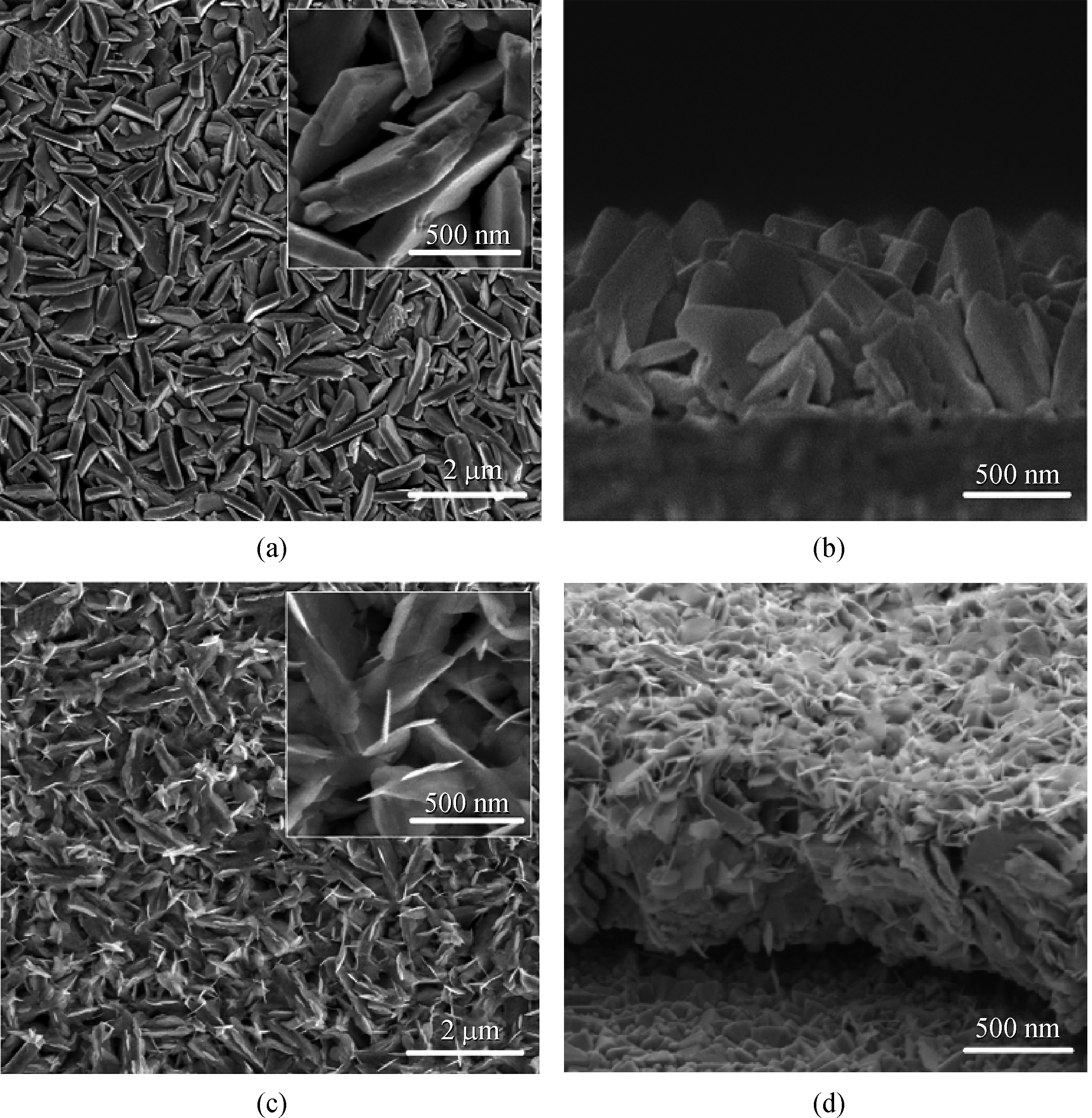

Photoelectrocatalytic generation of H2 and S from toxic H2S by using a novel BiOI/WO3 nanoflake array photoanode
Received date: 03 Apr 2021
Accepted date: 23 Jun 2021
Published date: 15 Sep 2021
Copyright
In this paper, a photoelectrocatalytic (PEC) recovery of toxic H2S into H2 and S system was proposed using a novel bismuth oxyiodide (BiOI)/ tungsten trioxide (WO3) nano-flake arrays (NFA) photoanode. The BiOI/WO3 NFA with a vertically aligned nanostructure were uniformly prepared on the conductive substrate via transformation of tungstate following an impregnating hydroxylation of BiI3. Compared to pure WO3 NFA, the BiOI/WO3 NFA promotes a significant increase of photocurrent by 200%. Owing to the excellent stability and photoactivity of the BiOI/WO3 NFA photoanode and I–/ catalytic system, the PEC system toward splitting of H2S totally converted S2– into S without any polysulfide () under solar-light irradiation. Moreover, H2 was simultaneously generated at a rate of about 0.867 mL/(h·cm). The proposed PEC H2S splitting system provides an efficient and sustainable route to recover H2 and S.

Jing BAI , Bo ZHANG , Jinhua LI , Baoxue ZHOU . Photoelectrocatalytic generation of H2 and S from toxic H2S by using a novel BiOI/WO3 nanoflake array photoanode[J]. Frontiers in Energy, 2021 , 15(3) : 744 -751 . DOI: 10.1007/s11708-021-0775-7
| 1 |
Yoosuk B, Wongsanga T, Prasassarakich P. CO2 and H2S binary sorption on polyamine modified fumed silica. Fuel, 2016, 168: 47–53
|
| 2 |
Nunnally T, Gutsol K, Rabinovich A,
|
| 3 |
Rabbani K A, Charles W, Kayaalp A,
|
| 4 |
Piéplu A, Saur O, Lavalley J C,
|
| 5 |
Zong X, Chen H, Seger B,
|
| 6 |
Li S, Hu S, Jiang W,
|
| 7 |
Wang Z, Sun H. Nanoscale in photocatalysis. Nanomaterials (Basel, Switzerland), 2017, 7(4): 86
|
| 8 |
Bai J, Li J, Liu Y,
|
| 9 |
Liu Z, Zhang X, Nishimoto S,
|
| 10 |
Wang G, Ling Y, Wheeler D A,
|
| 11 |
Zeng Q, Li J, Bai J,
|
| 12 |
Luo T, Bai J, Li J,
|
| 13 |
Zhang J, Yu K, Yu Y,
|
| 14 |
Aslam I, Cao C, Tanveer M,
|
| 15 |
Kim J H, Magesh G, Kang H J,
|
| 16 |
Zhan F, Xie R, Li W,
|
| 17 |
Vargas M, Lopez D M, Murphy N R,
|
| 18 |
Xiao X, Zhang W. Facile synthesis of nanostructured BiOI microspheres with high visible light-induced photocatalytic activity. Journal of Materials Chemistry, 2010, 20(28): 5866
|
| 19 |
Dong G, Ho W, Zhang L. Photocatalytic NO removal on BiOI surface: the change from nonselective oxidation to selective oxidation. Applied Catalysis B: Environmental, 2015, 168–169: 490–496
|
| 20 |
Wang S, Guan Y, Wang L,
|
| 21 |
Odling G, Robertson N. SILAR BiOI-sensitized TiO2 films for visible-light photocatalytic degradation of Rhodamine B and 4-chlorophenol. ChemPhysChem, 2017, 18(7): 728–735
|
| 22 |
Luo J, Zhou X, Ma L,
|
| 23 |
Feng Y, Liu C, Che H,
|
| 24 |
Svensson P H, Kloo L. A vibrational spectroscopic, structural and quantum chemical study of the triiodide ion. Journal of the Chemical Society, Dalton Transactions: Inorganic Chemistry, 2000, (14): 2449–2455
|
| 25 |
Ejigu A, Lovelock K R J, Licence P,
|
| 26 |
Reza-Dávila J C, Avilés-Rodríguez D, Gomez M,
|
| 27 |
Zhang X, Zhang L, Xie T,
|
| 28 |
Chai B, Wang X. Enhanced visible light photocatalytic activity of BiOI/BiOCOOH composites synthesized via ion exchange strategy. RSC Advances, 2015, 5(10): 7589–7596
|
| 29 |
Xia J, Yin S, Li H,
|
| 30 |
Huang L, Xu H, Li Y,
|
/
| 〈 |
|
〉 |